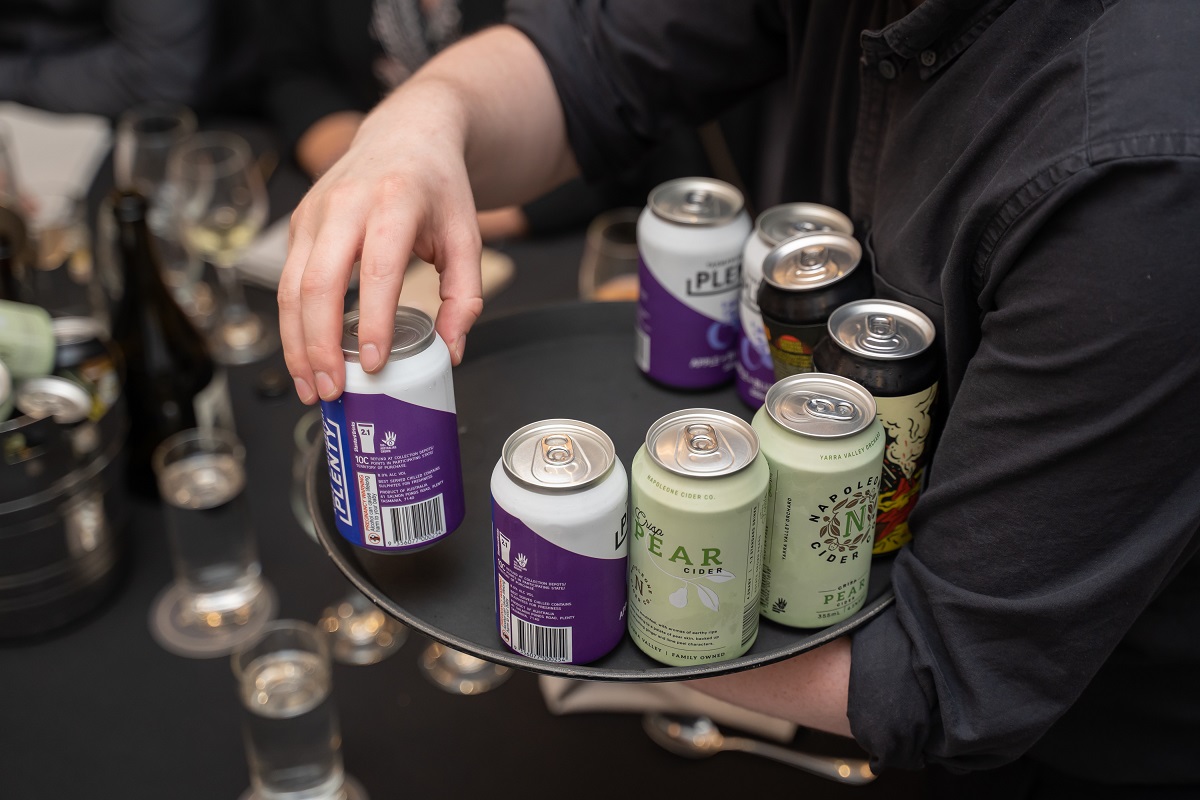From the annual AusCider conference to the 2023 Australian Cider Awards, it was a successful year for Cider Australia and the industry, despite experiencing a cooler summer.
“Cider sells when the sun shines,” said Warwick Billings, President of Cider Australia. “That said, craft cider is holding its own as cider drinkers increasingly look for local and relevant offerings.
“Novel flavours continue to pop up and give the cider category a hold in the seltzer/RTD/beer/sour area, but the heartland of well-made apple cider remains strong.”
Recognising success
Held in October last year, Billings says the 2023 Australian Cider Awards, where Californian Educator and Pommelier Darlene Hayes appeared as a guest judge, was a resounding success.
“The number and standard of entries received was encouraging, with our judges awarding more medals across the board than ever before. The gala presentation dinner in Melbourne was well attended, we had winners from all cider regions and a mix of established and newer entrants on the podium.
“Entries of no-alcohol ciders grew as expected, sufficient to carve out a new, standalone class. Entries of traditional ciders also increased, as did the number of single varietal ciders made from purpose grown cider fruit. Specialty classes performed well, with producers showing finesse at integrating fruits, herbs and spices in their cider.”
Another notable trend was the growth of cans as a packaging format, Billings recalls.
“Thirty-six per cent of entries were packaged in cans, a 34 per cent year-on-year increase and more than double the proportion in cans than seen four years ago. At this rate, cans will soon overtake small format glass bottles as the container of choice for Australian craft cider.”
Category innovation
Looking forward, Billings sees a number of emerging trends gaining traction.
“We’re expecting consumers to keep seeking out Australian-made craft cider with growth in this segment pushing up the category average.
“There is massive interest overseas in cider as a low-alcohol alternative to wine, and many people are experimenting with co-fermenting wine and cider together.
“De-alcoholised ciders, as opposed to lightly fermented, are beginning to appear in Australia and it will be interesting to see how these perform against their beer and wine contemporaries. Australian producers are entering this space carefully and seeking out advice from technical experts on how to retain the flavour and texture that customers expect.”
Staying relevant
With an established place in the industry, Billings says the organisation has undertaken strategic planning to ensure its focus remains relevant in years to come.
“We’d like to get more involvement from the bigger players, so that we can all talk together about simplifying some rules and encouraging innovation that is hampered by entrenched views on what cider should be.
“We’ll also give the 100 per cent Australian Grown trust mark more airspace, to help consumers identify craft ciders made from locally grown fruit. Our trust mark was on the labels of a record 69 per cent of entries in the awards last year, and we’re aiming for even higher this year.”
This article originally appeared in the 2024 Leaders Forum issue of National Liquor News.

